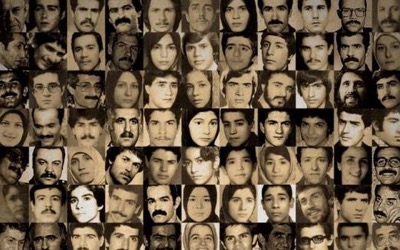
Javaid Rehman, United Nations Special Rapporteur on the situation of human rights in the Islamic Republic of Iran, formally called for an investigation into the massacre of thousands of political prisoners in 1988 in Iran and the role allegedly played by the new president, Ebrahim. Raisi.
At the end of the war that Iraq – instigated by Western powers – had launched against Iran, Ayatollah Rouhollah Khomeini issued a fatwa (or religious decree) ordering the execution of those Iranians who had voluntarily fought in the service of the Iraqi aggressor.
An emergency court interpreted this order as a blank check to execute all members of the People’s Mujahedin organization as well as left-wing party activists.
Ayatola Hossein Alí Montazeri, designated at the time to succeed the Suprese Leader, tried unsuccessfully to go against the court, arguing that Ayatollah Khomeini was arbitrarily widening the true scope of the fatwa.
Over a period of two weeks, the emergency court summarily convicted several thousand people who were immediately hanged or killed by a firing squad. The number of victims is estimated to be between 2,500 and 30,000.
By definition, Iranian collaborators who had joined the Iraqi army were no longer be on Iranian territory. Therefore, Imam Khomeini’s fatwa was actually directed against those who had been taken prisoner on the battlefield.
President Ebrahim Raïssi served as Tehran deputy prosecutor.
A few months later, Ayatollah Montazeri was deposed, Ayatollah Khomeini died, and Ayatollah Khamenei succeeded him. The foundations of the new regime were laid.

















Stay In Touch
Follow us on social networks
Subscribe to weekly newsletter